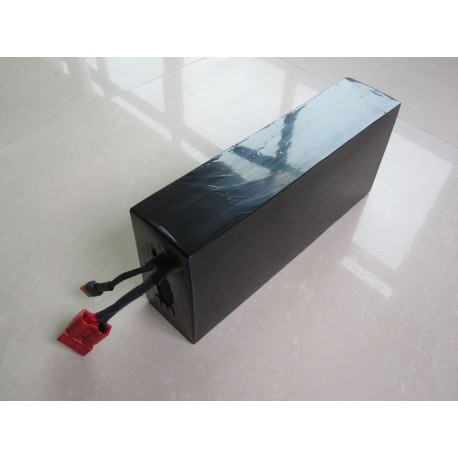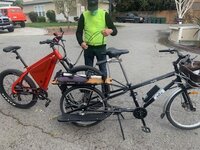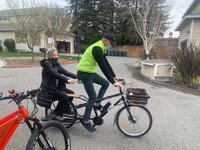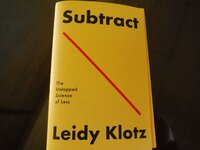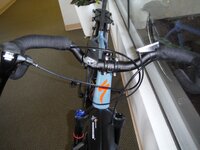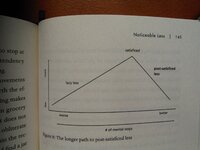newcaledonia
New Member
- Region
- USA
I have been following various reports about social injustices and negative environmental impacts from the mining of lithium and nickel as used in the production of batteries for electric cars. Here, for example, is the most recent example: https://www.nytimes.com/2021/12/30/...w-caledonia.html?referringSource=articleShare. There are a lot of others where that came from, and I have also noticed some discussion of these issues on ebike sites, related particularly to the use of cobalt in ebike batteries. This interview was especially good on the recycling issue: https://www.singletracks.com/mtb-tr...-other-mtb-gadgets-we-asked-a-battery-expert/.
I am in the market for an ebike. It is important to me to buy an ebike made from materials that are the most environmentally friendly possible, and that are sourced in socially responsible ways. My understanding is that cobalt in particular scores low on these criteria (owing in part to human rights abuses connected with the mining of cobalt in the Democratic Republic of Congo, which is one of the major sources of cobalt), but lithium and nickel also have their issues. If possible, I would like to avoid an ebike that uses Nickel Manganese Cobalt (NMC) or Lithium Cobalt Oxide (LCO) batteries, and would prefer one that uses Lithium Iron Phosphate (LFP) batteries instead. Does anyone know which ebike batteries are better than others when it comes to these issues? Are there any ebike manufacturers that do a particularly good job on this front?
Thank you in advance for any feedback. If you represent or are affiliated with an ebike or battery manufacturer or seller in some way, I welcome and grateful for your comments, but would appreciate it if you could identify yourself as such in any responses.
I am in the market for an ebike. It is important to me to buy an ebike made from materials that are the most environmentally friendly possible, and that are sourced in socially responsible ways. My understanding is that cobalt in particular scores low on these criteria (owing in part to human rights abuses connected with the mining of cobalt in the Democratic Republic of Congo, which is one of the major sources of cobalt), but lithium and nickel also have their issues. If possible, I would like to avoid an ebike that uses Nickel Manganese Cobalt (NMC) or Lithium Cobalt Oxide (LCO) batteries, and would prefer one that uses Lithium Iron Phosphate (LFP) batteries instead. Does anyone know which ebike batteries are better than others when it comes to these issues? Are there any ebike manufacturers that do a particularly good job on this front?
Thank you in advance for any feedback. If you represent or are affiliated with an ebike or battery manufacturer or seller in some way, I welcome and grateful for your comments, but would appreciate it if you could identify yourself as such in any responses.

